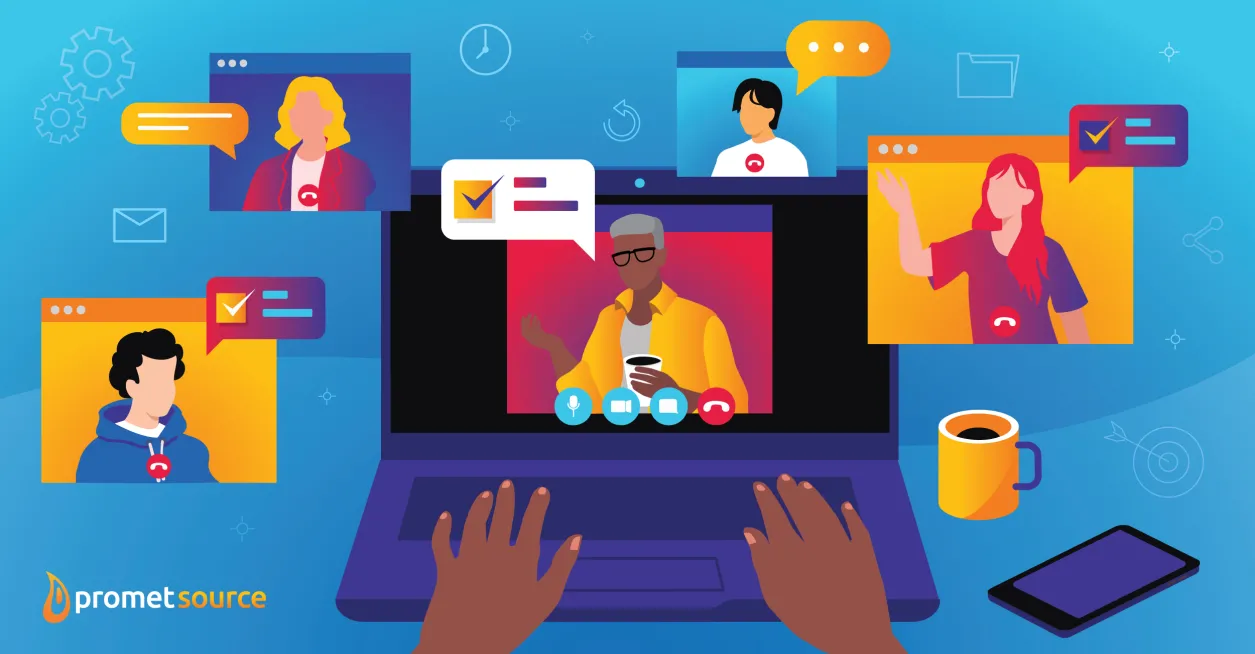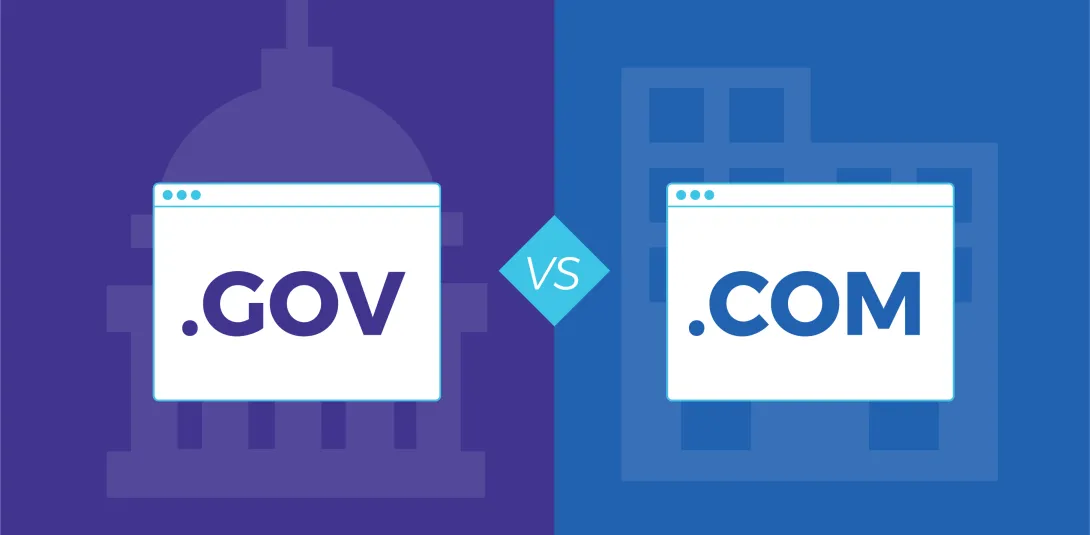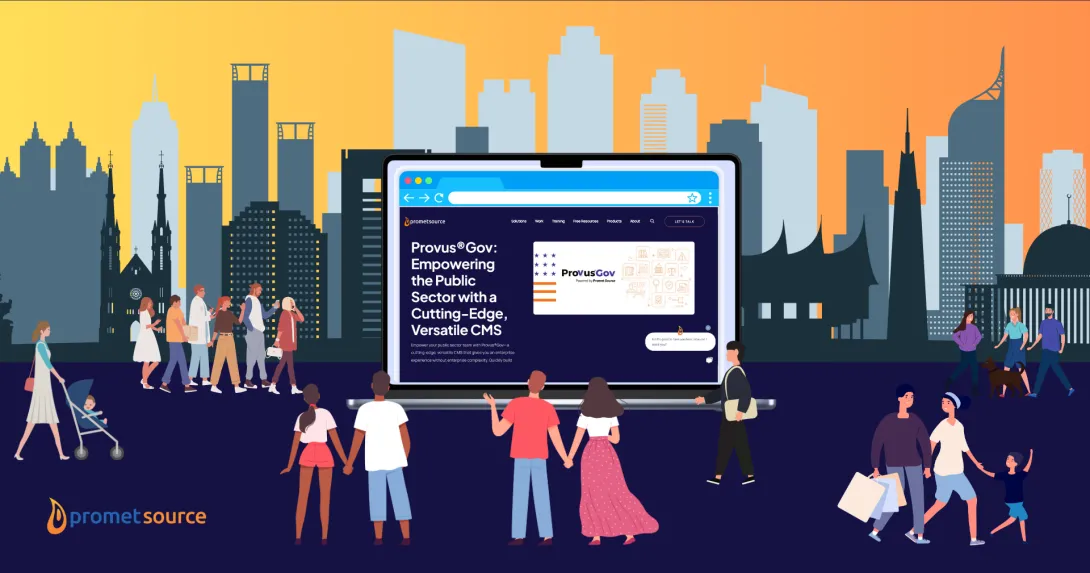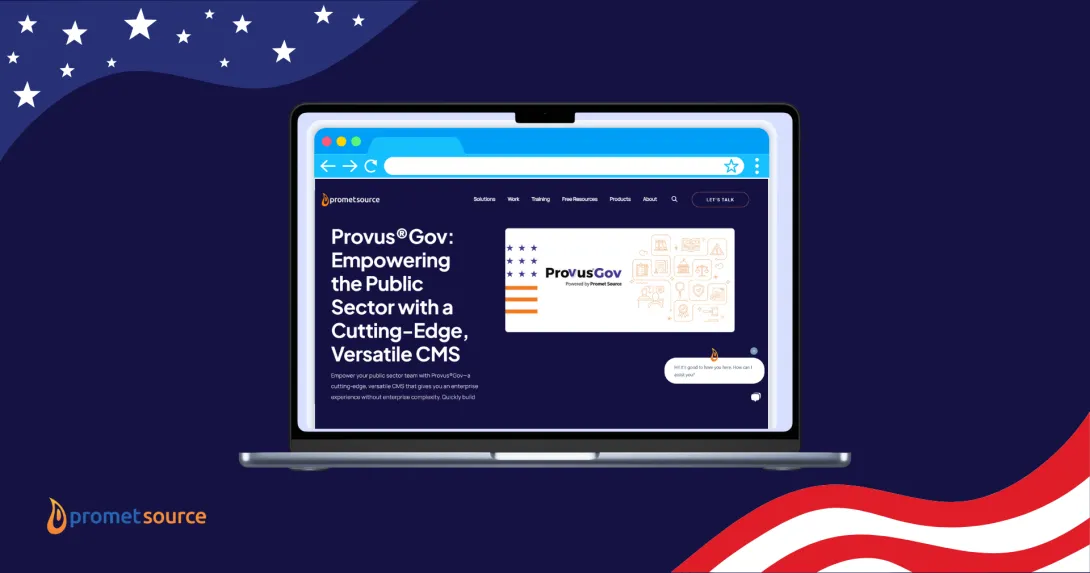How to Optimize Meeting Efficiency and Impact

It’s a near universal complaint within the current business climate: There are too many meetings that don’t accomplish much and primarily serve to take a big bite out of productivity.
For many, online calendars are carpeted with back-to-back meetings, but even when calendars are peppered with just a few, meetings that feel like waste of time can take their toll in lots of ways.
Organizational leadership would like to view every meeting as an opportunity for clarification and connection, resulting in clear action items and a reinforcement of the important contributions for all present.
That’s often not the case.
The truth is, adept planning for and facilitation of meetings is a critical skill in the current environment.
Read: 5 Improv Rules to Spark Productive Meetings
To help set the standard, and build the expectation for awesome meetings into the Promet culture, we’ve developed a collection of meeting requirements that are available to all, frequently referenced, and revised as needed. These requirements are built upon a foundation that acknowledges six truths.
6 Guiding Principles of Great Meetings
- Regardless of a person’s rank within an organization, they appreciate an acknowledgement that their time is valuable and needs to be respected.
- Meetings should not be the go-to solution for ensuring team alignment or solving an issue. Connecting via Slack or email should always be considered first.
- An expectation that meetings will be efficiently run and value added drives productivity throughout the organization.
- A calendar that is carpeted with meetings is a red flag and should spark a conversation about how to remedy the situation to allow for greater personal productivity and focus.
- Between preparing for a meeting and then regaining focus afterwards on the task at hand, meetings account for a bigger bite out of productivity than the actual time allotted for them.
- When clients are included in a meeting, a disciplined approach to ensuring productivity and added value catapults from important to imperative.
Principles into Practice
This all sounds good, of course, but the human element associated with drawing people together means that good intentions can give way to any number of unintended outcomes.
At Promet, we’ve discovered that great meetings don’t just happen. They are the result of a high degree of intentionality, the reinforcement of good habits, and clear expectations for all participants.
To help keep us on track and accountable to each other, we’ve created following requirements to serve as meeting management guidelines.
Diligent Meeting Prep
- Meeting invitations must include a written objective
- If there is an agenda or documents that will be discussed, they must be linked.
- Invitations should clarify whether participants are required or optional.
- The “Guests Permissions” → “Modify Event,” option should always be checked to allow invitees who are not able to attend, the opportunity to propose an alternate time.
Clear Expectations of Participants
- Prior to attending, meeting objectives and attached documents should be reviewed.
- Meeting invitations should be accepted or declined within 24 hours – preferably by the end of the day that the invitation was received. A new time should be proposed ASAP if unable to attend.
- Appearing on camera is mandatory.
- Starting and showing up on time is an expected courtesy for all participants.
Consistent Meeting Flow and Follow-Up
Meetings are required to have a facilitator and a scribe who is responsible for recording decision points and noting action items that designate responsible participants and deadlines.
When possible, recurring meetings should be run with a Level 10 approach. Promet’s Level 10 meetings follow a templated format with designated segments for:
- Good news
- KPIs/Rocks review
- Employee/customer headlines
- Outstanding to-dos
- IDS. This stands for Identify, Discuss, Solve. Any items that emerge early in the meeting that call for deeper discussion are relegated to IDS.
- New to-dos/conclusion
- Ratings. All participants are asked to rate the meeting on a scale of 1-10. This ongoing accountability exercise, serves to keep the agenda top of mind, while helping to avoid straying into bunny trails or off-topic segues that dominate an undue share of the conversation.
Adhering to designated time slots that are built into a customized Level 10 framework, helps to ensure that meetings end on top with all essential topics being covered.
What about Connection, Camaraderie, and Culture?
On the surface, a disciplined and consistent approach to facilitating and participating in a meeting might seem cold and lacking consideration for what’s going on in the lives of individual participants. The truth is this: culture is enhanced when people feel that their time is respected and that all are being held to the same high standard.
That said, efficiency never needs to be at the expense of conviviality and humor during a call.
To fill in the gaps of the kinds of water-cooler conversations that don’t occur among distributed teams that gather talent from all over the country – or even the world – I encourage occasional “happy hour” calls in which the only agenda is to catch up on team members’ lives and enjoy each others’ company.
Keeping in touch and staying on task in the current environment represents new levels of challenges and opportunities.
Interested in igniting new digital possibilities with a company that thrives on innovation and efficiency?
Get our newsletter
Get weekly Drupal and AI technology advancement news, pro tips, ideas, insights, and more.







